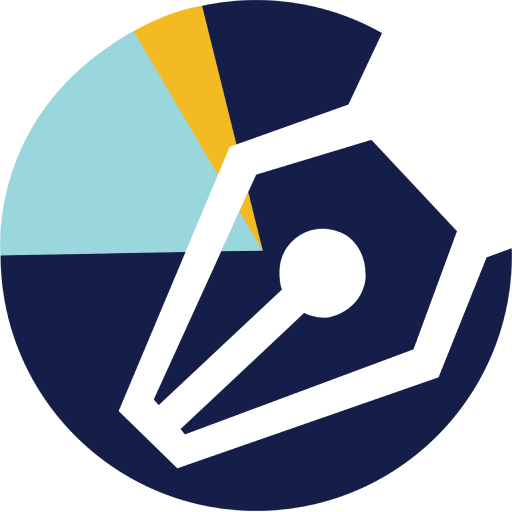Getting your documents in a digital format requires understanding of the brain adaptation to online reading
In today’s digital age, the way we consume information has undergone a radical transformation, with the advent of digital formats and the proliferation of information apps reshaping our reading habits. However, this shift in reading practices brings with it a need to understand how our brains adapt to the nuances of digital versus print reading.
The rise of information apps and the widespread availability of the internet have turned many of us into what can be described as “manic information addicts.” With addictive behaviors becoming more prevalent in the digital era, it’s crucial for both information publishers and consumers to be aware of the impact this has on our brains.
One of the primary factors influencing our brain’s adaptation to digital reading is the exponential growth of smartphone usage. Today, a staggering 78 percent of the population relies on smartphones for accessing information, compared to just 17 percent just a decade ago. Compare this with the adoption of print – in the first 50 years since the invention of the printing press just 9 million books were printed. This rapid adoption has changed the way our brains process information, making multitasking the norm and necessitating content that caters to readers who are frequently distracted.
In this internet-driven age, skimming has become the dominant mode of thought, with readers spending less time comprehensively engaging with content and more time scanning for key information. This shift is exemplified by the fact that many information publishers inform users of the estimated reading time for each document, catering to the short attention spans prevalent in online reading environments.
Moreover, digital reading introduces non-linear reading habits, diverging from the linear reading patterns associated with print media. While traditional print reading is characterized by linear progression and deep comprehension, digital reading often involves jumping between hyperlinks and multitasking, leading to selective information processing.
Research suggests that the design layout and the functional navigation of digital content can significantly impact comprehension. Functional differencies such as the need to scroll through text and the presence of hyperlinks for multitasking contribute to the differences in deaigning and presenting digital vs print reading.
Are your digital documents designed as InfoApps? If not, their impact will be less than you expect. The days of multipage documents are gone. The fusion of documents and apps is revolutionizing all document types
To Learn more about how to create interactive bank statements, contact us.
Dr. Rado

